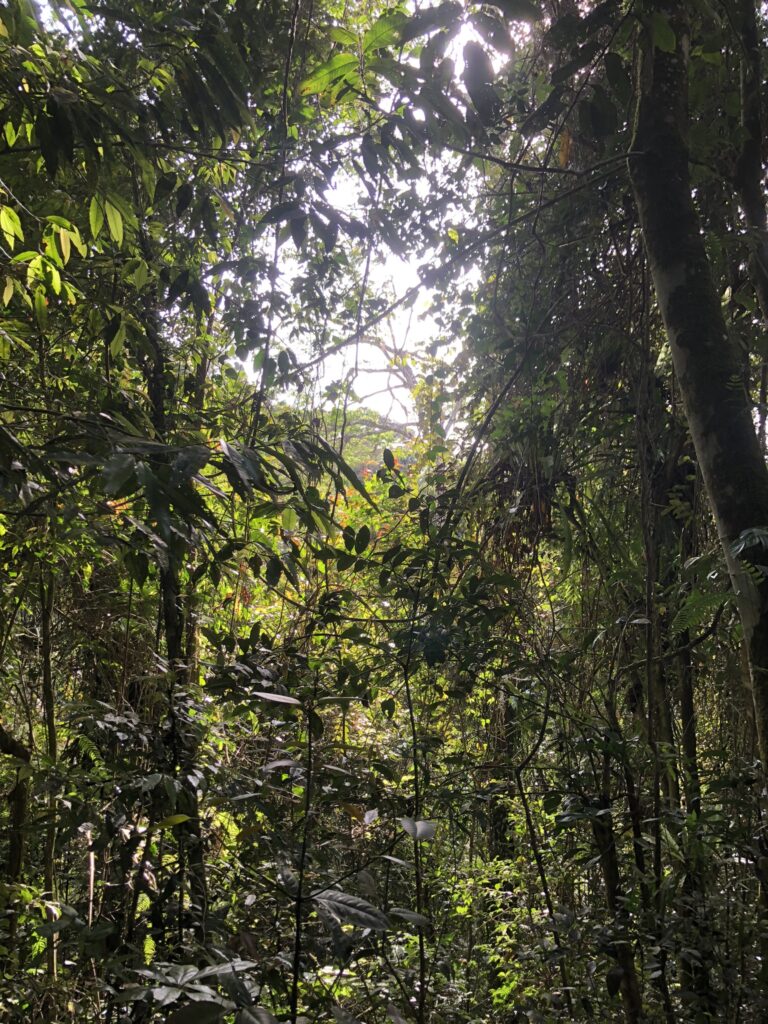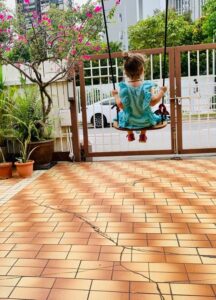Dear Integral Meditators,
“The average adult breathes 20,000 times a day, and 7 million times a year. We are breathing all the time, and the way we breathe both reflects and affects our physical, psychological, and spiritual equilibrium. Since we are breathing all the time, if we have good breathing habits then our breathing is working to support us in life as we go through it”

Dear Integral Meditators,
This quote from the article below gives an indication of the potential value of mindful breathwork.
In the spirit of the the breathing,
Toby
Four functional breathing meditations
Functional & dysfunctional breathing
The average adult breathes 20,000 times a day, and 7 million times a year. We are breathing all the time, and the way we breathe both reflects and affects our physical, psychological, and spiritual equilibrium. Since we are breathing all the time, if we have good breathing habits then our breathing is working to support us in life as we go through it. Correspondingly if we have bad breathing habits, these are undercutting our efforts toward wellness and effectiveness thru-out the day.
I’ve placed some past articles I’ve written on the breathing at the end of this article, but here I just want to outline the basic characteristics of functional and dysfunctional breathing:
Functional breathing is – Breathing in through the nose and down into the belly. You breathe in through the nose, sending the air down into the lower lungs. As you do this you will notice that you activate the diaphragm, and your belly moves out. Then is you breathe in, your belly moves back to resting position.
Dysfunctional breathing is – breathing in through the mouth and into the chest. To quote Alexia Conda on mouth breathing “Mouth breathing is the catalyst for the diaphragm to stop working and become lazy in the process of breathing. Mouth breathing is dysfunctional breathing, or over-breathing, and has a detrimental impact on your health, especially over a period of time.”
Some of the benefits of nose to belly breathing
- Increases lung function
- Promotes diaphragm breathing
- Is the body’s filtration system of the air coming into our body
- Builds immunity and strengthens the immune system
- Helps to balance the acid and alkaline levels in the body
- Stimulates the nerve endings at the base of the lungs that are sending messages to the brain to activate the relaxation response
- Triggers the release of hormones, endorphins and dopamine, which elevate mood and reduce pain
See full list here.
Four functional breathing meditations
Here are four very simple ways to meditate with functional breathing. With each of them the basis is simply establishing a pattern of functional breathing, and using it for the duration of the session.
On the breathing itself – The first method is simply to get comfortable with this pattern of breathing, and establishing it as a habit. As you are doing it during meditation, the functional breathing will help your body-mind to move towards equilibrium and balance, and you simple enhance that by concentrating on the experience with relaxed focus.
For muscle relaxation – Mouth breathing tends to produce excess tension and muscle effort in the chest and shoulders. In this second exercise you practice functional breathing, observing the movement of the belly and diaphragm. As you do so, and relax the muscles in chest and shoulders, noticing how it feels. Of course, you can relax other muscles in the body too, but the main point here is to get your breathing process using only the muscles it needs.
Witnessing– Here we establish functional breathing and either simply watch our thoughts coming and going. As we do so we notice our body’s response to these comings and goings, all the while sustaining our functional breathing pattern.
Smiling to the internal organs – Establishing functional breathing we then explore our torso cavity. When we notice discomfort or fatigue in any part of the torso, or in an internal organ, we direct our attention there, breathing in and out of that organ as we smile gently to it.
The practice during the day is to simply notice our breathing and try and keep nose-to-belly breathing our default method, establishing it firmly as a habit.
Related article: Deep breathing – How to and the benefits
Pro-activity in the face of life & breathing pro-actively
© Toby Ouvry 2023, you are welcome to use or share this article, but please cite Toby as the source and include reference to his website www.tobyouvry.com
All upcoming classes and workshops at IMA:
Ongoing – Weekly Tuesday, Wednesday Online class schedule
Ongoing on Wednesday’s, 7.30-8.30pm – Wednesday Meditation for stress transformation and positive energy with Toby (Bukit Timah)
Ongoing on Tuesday evenings, 7.30-8.30pm – Tuesday Meditation for stress transformation and positive energy with Toby (East Coast)
Starts Tues/Weds, June 13th/14th – Becoming a self-determining entity – A six-week course in Mindful Self-Leadership
Tues 20th/Weds 21st June – Summer solstice balancing & renewing meditation
Saturday June 24th, & July 15th, 9.30-11.30am – Monthly Qi Gong & Taoist Breathwork Clinic & Mini-retreat
Integral Meditation Asia
Online Courses * 1:1 Coaching * Books * Live Workshops * Corporate Mindfulness Training *Life-Coaching * Meditation Technology








 Dear Integral Meditators,
Dear Integral Meditators,

